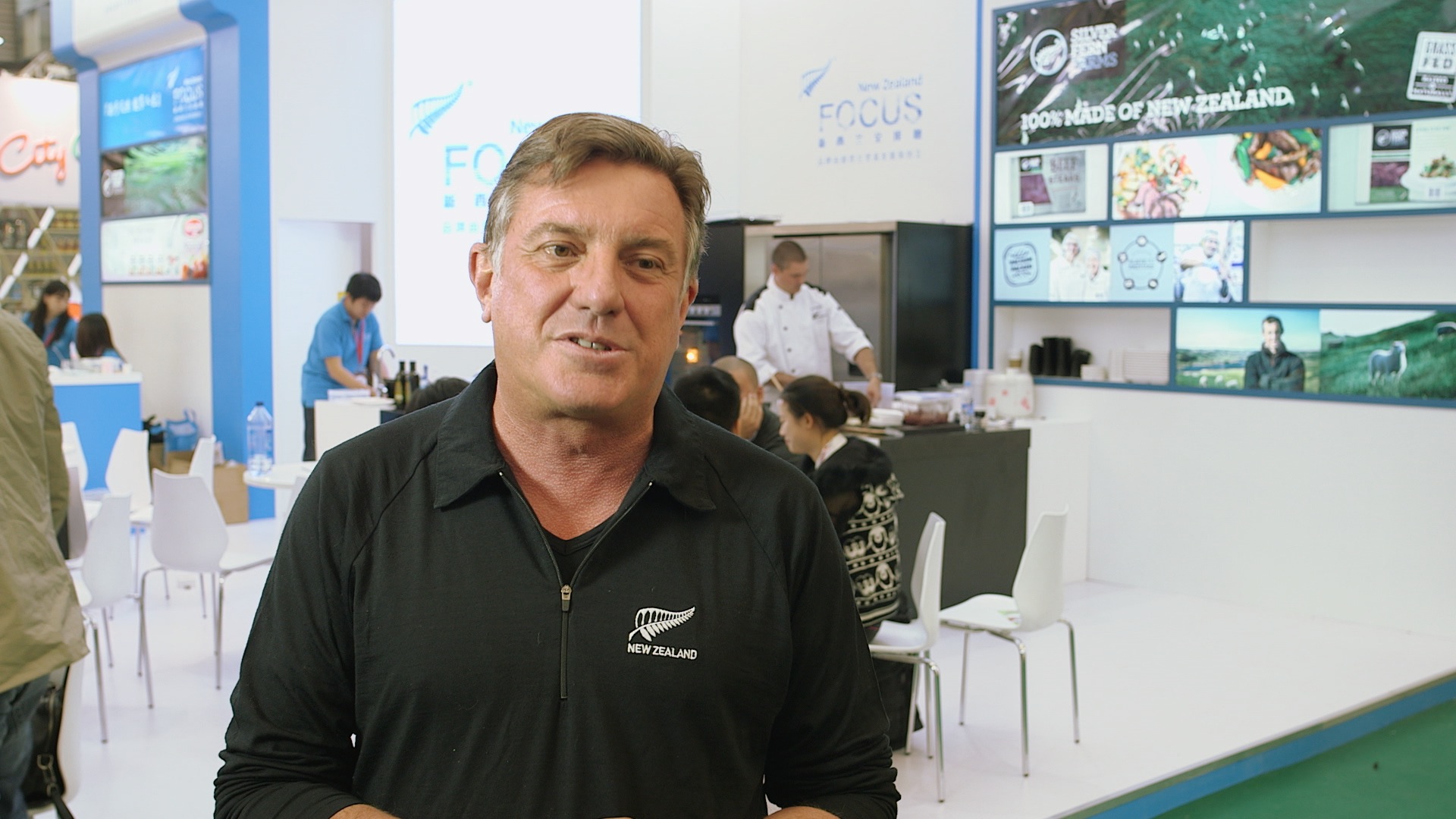By Rod MacKenzie.
Make no mistake about it. New Zealand’s reputation as a source of safe food is heavily under threat in mainland China. It won’t take much to scupper it altogether.
This isn’t a fault with the quality of the food we send to China. Far from it. It’s the management, or more accurately mismanagement, of the communication that accompanies our exports that’s causing us far greater problems than are necessary.
Ironically it’s the dairy sector that’s the principal culprit. Not meat or seafood or produce, all of which come from industries that to a greater or lesser extent are fractured and dysfunctional – but dairy which has been the mainstay of New Zealand’s food exports since they stopped putting sails on cargo ships.
The mishaps of recent times are well chronicled. The ill-fated joint venture with San Lu, the confusion over Dicyandiamide (DCD) and the botched botulism scare have had a cumulative and damaging effect on Fonterra’s credibility, and had a significant spill-over effect on all New Zealand-origin food products.
It’s been mismanagement that has caused each of these problems and a complete lack of management in the aftermath that has compounded the damage. To what extent Fonterra carries the can for all of this is a moot question but one thing is for sure – it looks after itself well ahead of looking after the greater New Zealand interest.
In China this is a problem because a corporation as dominant as Fonterra becomes synonymous with ‘New Zealand’ – a crisis for Fonterra is a crisis for New Zealand.
Assuming that these issues continue to occur, who then has the job of protecting and managing New Zealand’s reputation in China? The unfortunate answer at the moment is everybody and nobody.
The Government’s lead agency for managing image issues is MFAT and it has been called on many times in the past few years. It was the NZ Embassy in Beijing that hauled Fonterra out of its San Lu dilemma and the same team were called on again to apologise profusely and frequently for the lack of information about DCD. Politicians and diplomats will say that the relationship between China and New Zealand remains strong and that is certainly true at their level – but it will be hard pressed to withstand another similar occurrence. The real damage, however, is occurring at the consumer level.
The natural reaction of the rest of New Zealand’s public sector when incidents of this nature occur is to form a committee, or several of them, and that indeed is what happened after DCD. This meant that the Government response from critical agencies such as MPI and NZTE was slow, misdirected at times and clumsy.
To be fair nobody, except perhaps MPI and Fonterra, saw DCD coming and neither of them thought it was worth telling anyone else about it. So the initial panic about something that in its long form sounded a lot like ‘cyanide’ and in its short form like ‘DDT’ was perhaps understandable. But it took months for the combined Government agencies to come up with anything that might possibly assuage some of the damage, and by that time they had the ‘botulism that wasn’t’ crisis to deal with.
Meanwhile the myriad of small companies that had seen China as something of a goldmine found that it was rapidly turning into a closed shop. Most severely affected were the infant formula makers. Cynics tend to wave this group away by characterizing them as a bunch of opportunists that got caught. Opportunists some of them may be but they are also entrepreneurs who didn’t deserve to have their businesses destroyed in this manner.
The bottom line is that New Zealand’s image in China needs careful, strategic and coordinated management. It can’t only be managed at the diplomatic level. And it needs a crisis management strategy to go with it embracing both public and private sector interests working in China. It almost defies belief that there hasn’t been one in the past.
Rod MacKenzie is executive director of NZFocus (NZ) Limited and a former regional director, Greater China, for NZTE.




